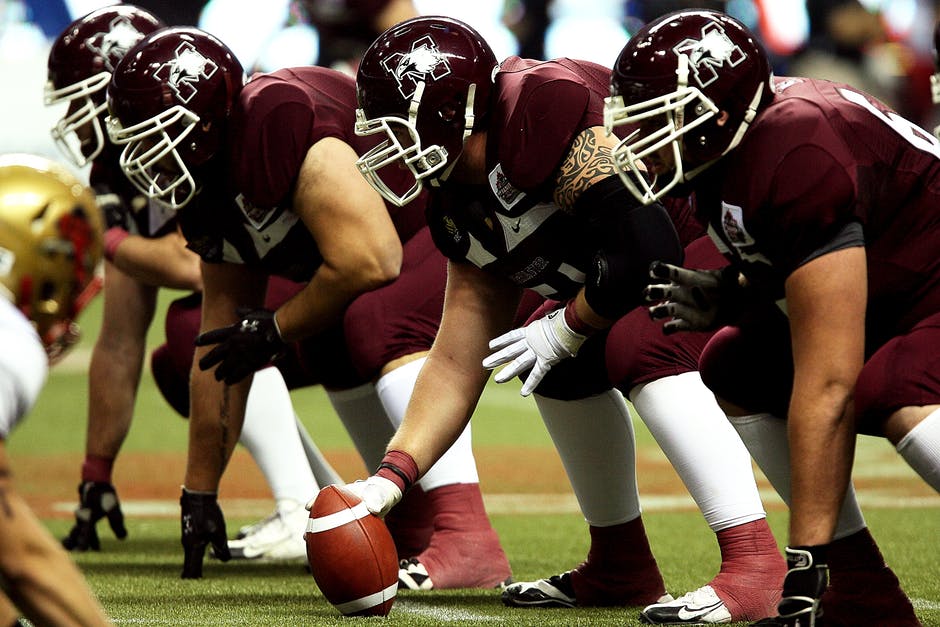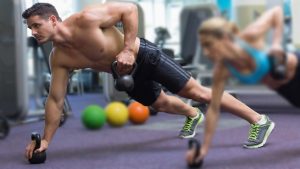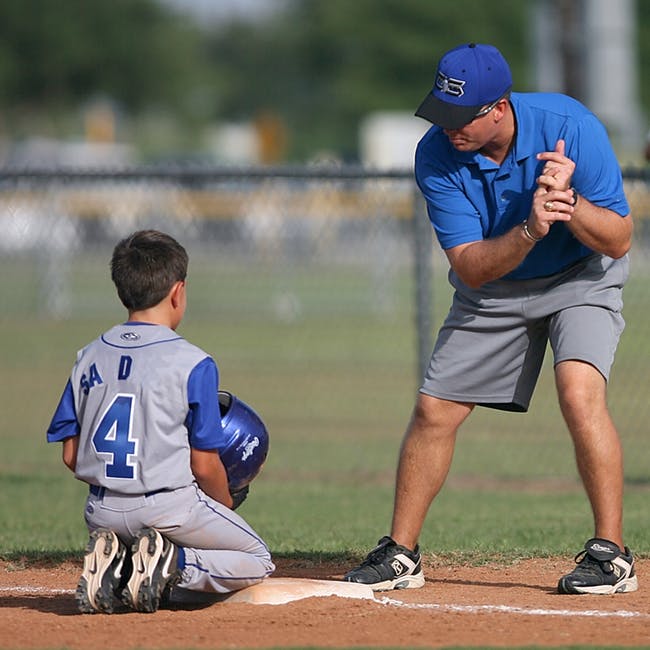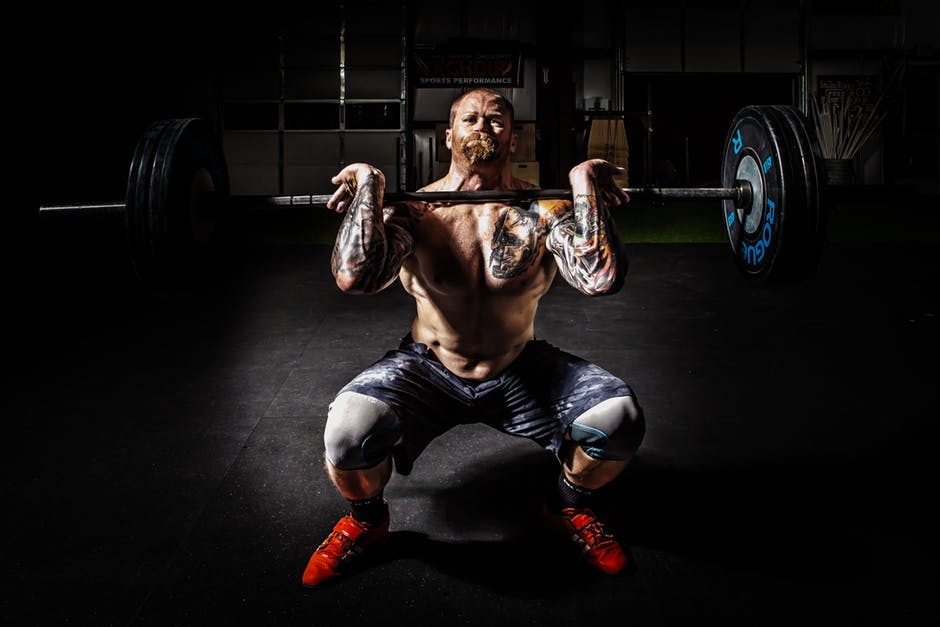The prone kettlebell row is an exercise that develops the muscles of the back, shoulders, arms, and core. It requires the athlete to develop balance and muscular endurance to perform. It also has the flexibility of being able to be programmed as a strength, hypertrophy, or conditioning exercise.
To perform this exercise you need a kettlebell and some open space. Get into a modified push-up position (what my military friends call the “front lean and rest” position), with the kettlebell next to your right hand. Grip the kettlebell with a neutral grip (i.e. your right palm should face in). Your left hand will be ahead of your left shoulder to help with balance.
When performing this exercise, your hips will move up some to help you balance, but we want to minimize that movement. Pull the kettlebell up to the right side of your abdomen. As you do this, keep your arm in and tight against your body. Lower the kettlebell and repeat for the desired number of repetitions, then switch sides.
Below are some cues that I use when coaching this exercise:
- As the kettlebell is lifted towards the body, I have athletes focus on retracting their right shoulder blade (i.e. the focus is on the shoulder blade movement, not the right bicep).
- As the kettlebell is lifted, shift your bodyweight slightly onto your left arm. The opposite is true when lifting with the left hand.
- It may help to have your feet spread further apart to increase your base of support while performing the exercise.
Now, some athletes are perfectly shaped for this exercise. Others cannot get much range of motion because their body is too close to the ground to lower the kettlebell very far. When this is the case, consider having the athlete support their upper body on a bench or a box (i.e. some kind of raised surface). This will lengthen the distance to the ground, letting them get more range of motion.
In terms of programming, this exercise should substitute for one of your rowing exercises. It’s programmed just like any other rowing exercise would be – so higher reps, moderate load for hypertrophy training, lower reps and greater weight for strength training, or it could be done with lighter weights for periods of time for conditioning. As rowing exercises don’t tend to be one of the big exercises (like squats, bench press, or Olympic lifts) I would put this into training for a four week block and then rotate to another exercise.
This exercise also fits well into rotations. For example, athlete A can be squatting, athlete B can be spotting, and athlete C can be performing this exercise.





